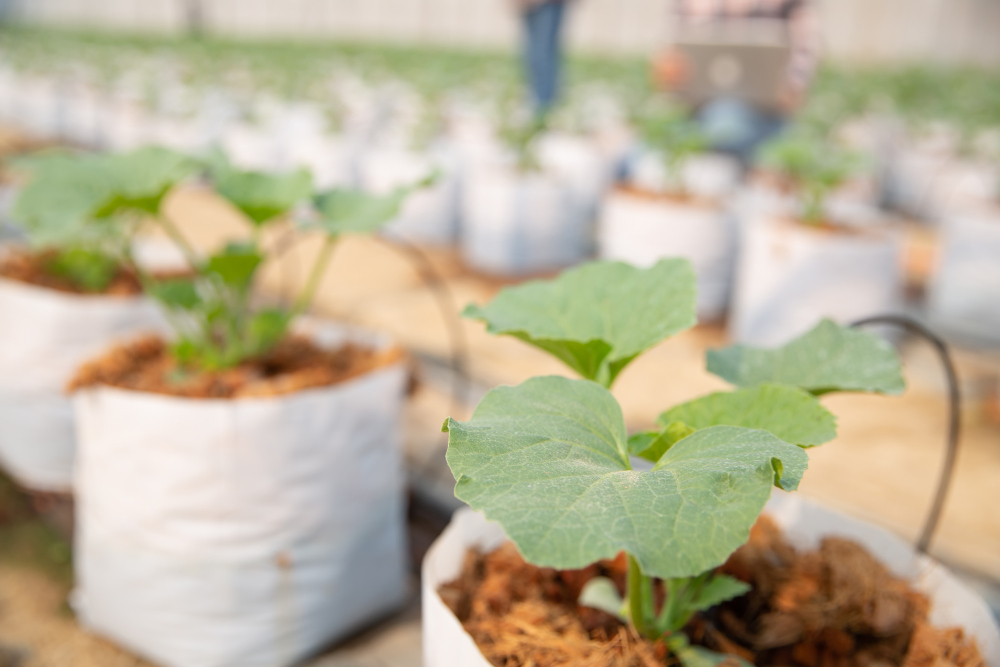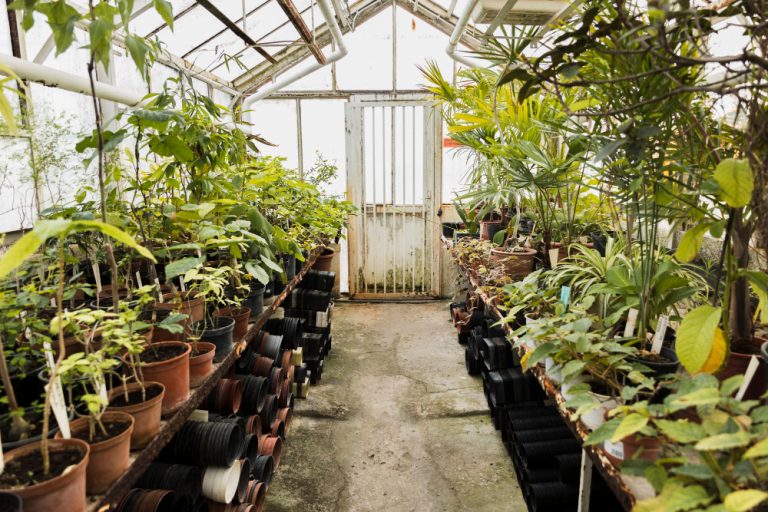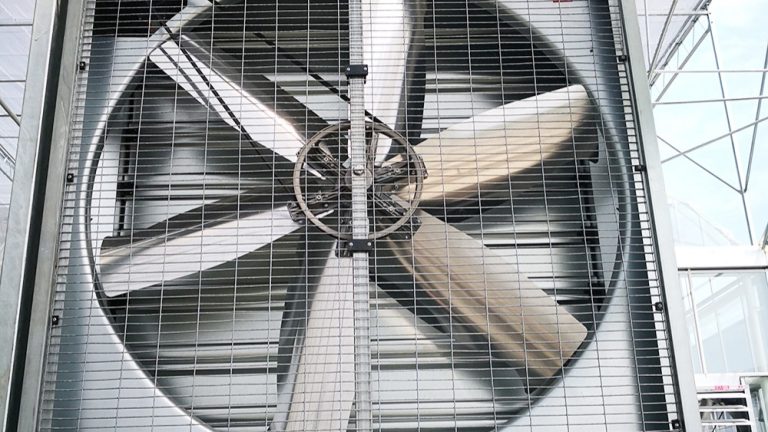
Key Points
Cooling a greenhouse is essential to protect plants from heat stress,and several methods can help.
Research suggests shading,ventilation,and evaporative cooling are effective for most greenhouses.
The evidence leans toward combining passive methods(like shading)with active methods(like fans)for best results.
It seems likely that the choice of method depends on climate,plant type,and available resources.
Introduction
Greenhouses can get very hot,especially in summer,which can harm plants by causing wilting,stress,or disease.Cooling your greenhouse helps maintain a healthy environment for your plants to thrive.Below are some practical ways to cool your greenhouse,starting with simple techniques and moving to more advanced options.
Cooling Methods
Shading:Use shade cloth or netting to block direct sunlight,reducing heat.Choose a density like 30%,60%,or 90%based on your needs Planta Greenhouses.
Ventilation:Open vents,windows,or use louvers to let hot air out and cool air in.Ensure vents cover 15-20%of the floor area for good airflow.
Fans:Place fans to circulate air,preventing hot spots and reducing humidity,which can lower disease risk.
Evaporative Cooling:Use misting systems or evaporative coolers to cool air through water evaporation,effective in low-humidity areas with a potential 16-20°F temperature drop.
Watering:Water plants in the cooler parts of the day to keep them hydrated and aid cooling through transpiration.
Thermal Mass:Use water barrels to absorb heat during the day and release it at night,helping regulate temperature.
Insulation:Add bubble wrap or insulated panels to keep heat out,especially in very hot climates.
Advanced Systems:For extreme heat,consider air conditioners,though they are costlier to run.
Combining Methods
The best approach often mixes passive methods like shading and ventilation with active methods like fans and evaporative cooling.Tailor your strategy to your local climate and plant needs for optimal results.
Survey Note:Comprehensive Guide to Cooling Greenhouses
Greenhouses are vital for extending growing seasons and protecting plants,but they can become excessively hot,especially during summer months.Maintaining optimal temperatures,typically around 80-85°F(27-29°C),is crucial to prevent heat stress,wilting,and increased susceptibility to pests and diseases.This survey note explores various methods to cool a greenhouse,drawing from recent research and practical advice,and provides a detailed analysis for greenhouse enthusiasts and professionals.
Importance of Cooling
Excessive heat in greenhouses can create an ideal habitat for pests,cause plants to dry out,and make them more susceptible to disease.For instance,temperatures significantly above 85°F can lead to plant stress,reducing growth and yield.Therefore,cooling is essential to ensure a controlled environment that supports plant health,particularly in regions with high summer temperatures.
Cooling Methods:A Detailed Breakdown
The following table summarizes the primary cooling methods,their descriptions,and key considerations,based on recent findings:
| Method | Description | Key Considerations | Effectiveness | Cost and Maintenance |
|---|---|---|---|---|
| Shading | Use shade cloth, netting, or curtains to block sunlight, reducing heat gain. | Choose density (30%, 60%, 90%) based on climate and crop; external shading can use vining plants. | Reduces temperature by limiting solar radiation, effective in sunny conditions. | Low cost, minimal maintenance; replace cloth as needed. |
| Ventilation | Relies on natural or mechanical airflow to remove hot air and bring in cool air. | Ensure vent area is 15-20% of floor area; use heat-activated windows for automation. | Essential for air circulation; passive methods work best with wind, active with fans. | Low to moderate cost; regular cleaning of vents required. |
| Fans | Circulate air to prevent hot spots and reduce humidity, lowering disease risk. | Position fans higher for airflow over plant canopy; ensure 1 air exchange per minute. | Highly effective in hot, still conditions; reduces temperature by 5-10°F. | Moderate cost, regular cleaning needed to prevent dust buildup. |
| Evaporative Cooling | Cools air through water evaporation, using misting systems or fan and pad setups. | Effective in low-humidity areas; 1 sq ft pad cools 20 sq ft floor, potential 16-20°F drop. | Significant cooling in dry climates; less effective in humid conditions. | Moderate to high cost, maintenance includes algae prevention (e.g., AquaCool with Kuul Pads). |
| Watering | Water plants during cooler times to aid transpiration, cooling surrounding air. | Water early morning or late evening to reduce evaporation; ensure proper drainage. | Indirect cooling through plant transpiration; supports plant health. | Low cost, requires consistent monitoring to avoid overwatering. |
| Thermal Mass | Use water barrels or other materials to absorb and release heat, stabilizing temperature. | Place barrels strategically; effective for diurnal temperature swings. | Moderates temperature fluctuations, especially at night; limited cooling capacity. | Low cost, minimal maintenance; space-intensive. |
| Insulation | Add materials like bubble wrap or insulated panels to walls and roof to block heat. | Useful in very hot climates; combine with shading for best results. | Reduces heat gain, effective in extreme conditions; may reduce light. | Moderate cost, installation may require professional help. |
| Advanced Systems | Use electronic cooling like air conditioners or advanced evaporative coolers. | High energy consumption; suitable for extreme heat; consider 2-in-1 systems for dual heating/cooling. | Highly effective, can maintain precise temperatures; costly to operate. | High cost, regular maintenance and energy bills; professional installation recommended. |
Passive vs.Active Cooling:A Balanced Approach
Research suggests that combining passive and active cooling methods is often the most effective strategy.Passive methods,such as shading and ventilation,leverage natural processes like wind and thermal buoyancy,making them cost-effective with lower operating expenses.For instance,passive ventilation relies on wind speeds of 2-3 mph for circulation,utilizing roof and wall vents,which is ideal for regions with strong summer winds.
Active methods,such as fans and evaporative cooling,provide more control and are essential when passive ventilation is insufficient.Fans should be positioned to ensure airflow over the plant canopy,with a recommendation of one air exchange per minute up to 8 feet(or 10 feet in hotter climates).Evaporative cooling,particularly fan and pad systems,can achieve significant temperature drops,but their effectiveness diminishes in high-humidity environments.
Practical Implementation and Climate Considerations
The choice of cooling method depends on several factors,including local climate,the type of plants being grown,and available resources.For example:
In dry,hot climates,evaporative cooling is highly effective,with systems like AquaCool with Kuul Pads recommended for ease of maintenance.
In humid areas,focus on ventilation and shading,as evaporative cooling may raise humidity to undesirable levels.
For small-scale setups,simple methods like dampening the floor and using shade cloth can be sufficient,while large commercial greenhouses may require advanced systems like air conditioners.
Additionally,monitoring greenhouse temperature with a thermometer is crucial to ensure conditions remain within the ideal range.Regular maintenance,such as cleaning fans and vents,is necessary to ensure efficiency,especially for active systems.
Additional Insights from Community and Expert Sources
Community discussions,such as those on platforms like Reddit,highlight practical tips like using underground ducts for passive cooling,though this method is more complex and labor-intensive.For instance,one suggestion involved burying metal ducts to draw cool air from underground,which could be effective but requires significant upfront effort.Expert sources,like Planta Greenhouses,emphasize the importance of integrating water features like ponds or fountains for cooling through evaporation,adding both functionality and aesthetic value.
Conclusion
Cooling a greenhouse involves a mix of passive and active strategies,tailored to the specific needs of the environment and the plants.By implementing shading,enhancing ventilation,and considering evaporative cooling,greenhouse owners can create a cooler,healthier space for their plants.For those in extreme conditions,advanced systems may be necessary,but always balance cost,maintenance,and effectiveness to find the best solution.




